Lifestyle
Tell us: What's your highest vet bill?

Meet Zia, my dilute calico who enjoys chasing droplets of water in the tub and lying flat on her back, like a fluffy rug in a log cabin. In her two years of life she’s spent quite a bit of time at the vet, for eye infections and painful cold sores, among other things. The bills from each visit have added up, making her an especially costly member of my household.
Zia, a frequent visitor to the vet for minor but costly issues.
(Deborah Vankin)
The cost of veterinary care has ballooned over the last decade, rising more than 60%, according to a recent New York Times report. This is due to a number of converging factors, among them: more expensive drugs and vaccines, the rising cost of staffing vet offices and the ongoing corporatization of independent veterinary practices. And as medical technologies and treatments for our pets advance — MRIs, chemotherapy, allergy testing, even acupuncture — so too has the average cost of a vet visit.
I know I’m far from alone in bearing the financial burden of this expensive system. We’d like to hear from you in the form below, with stories of your vet bill woes throughout the Southern California area. And if you’ve discovered more affordable or alternative treatments for your pets’ medical needs, we’re all ears. Please be sure to include your first and last name, where you live in SoCal and your contact information. We may email you with follow-up questions and may include your response in a future story.

Lifestyle
Photos: 2026 Golden Globes Red Carpet

Ariana Grande arrives at the 83rd Golden Globes on Sunday, Jan. 11, 2026, at the Beverly Hilton in Beverly Hills, Calif.
Jordan Strauss/Invision/AP
hide caption
toggle caption
Jordan Strauss/Invision/AP
The brightest stars in TV and film kicked off the 83rd annual Golden Globes tonight in Beverly Hills, Calif. with Ariana Grande, Noah Wyle, Teyana Taylor and George Clooney are just some the names who walked the red carpet. This year’s ceremony was hosted by comedian Nikki Glaser.
Here’s a glimpse of what some of the attendees are wearing tonight.
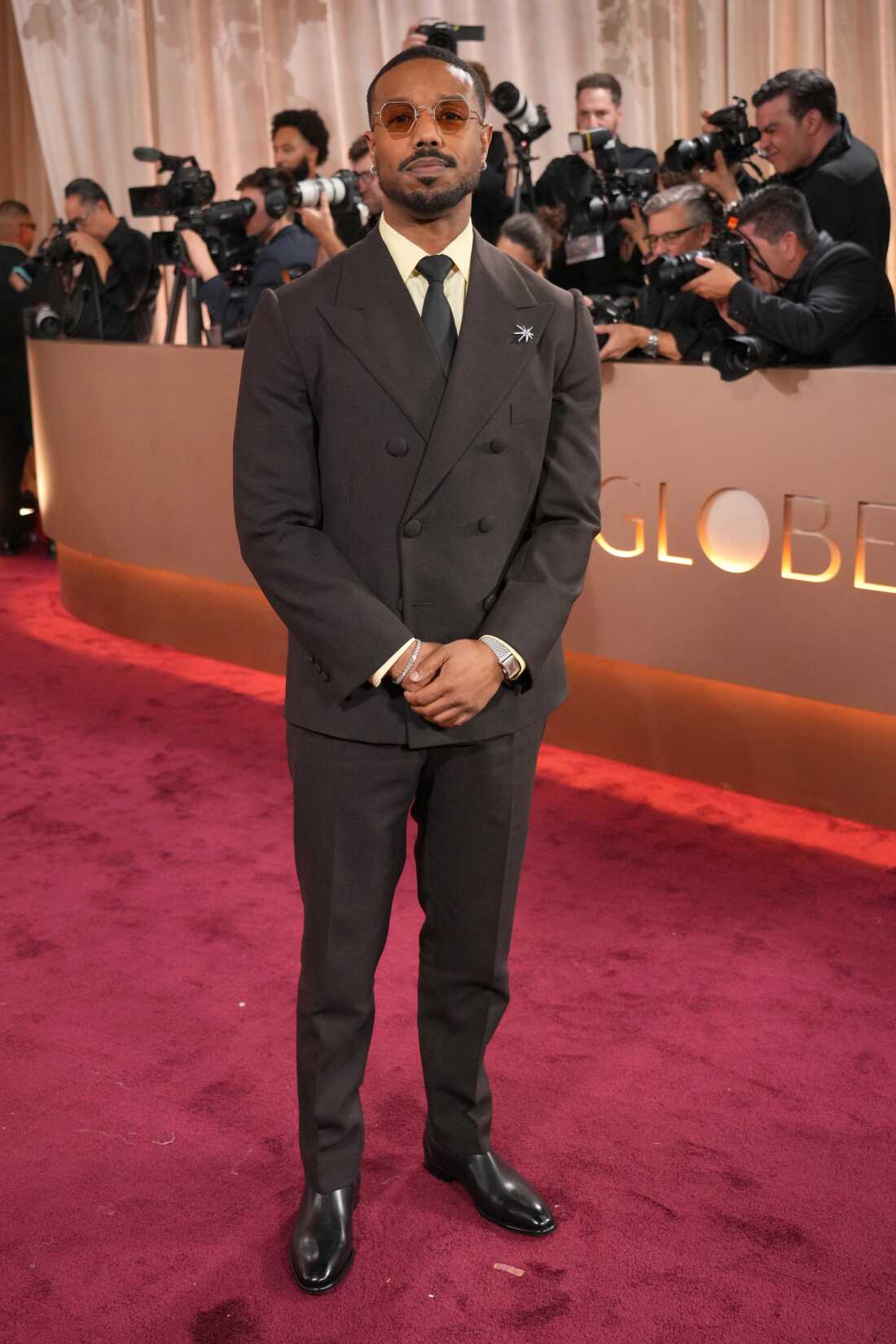
Michael B. Jordan
Jordan Strauss/Invision/AP
hide caption
toggle caption
Jordan Strauss/Invision/AP

Ryan Coogler and Zinzi Evans
Frederic J. Brown/AFP/Getty Images
hide caption
toggle caption
Frederic J. Brown/AFP/Getty Images

Jean Smart
Jordan StraussInvision/AP
hide caption
toggle caption
Jordan StraussInvision/AP
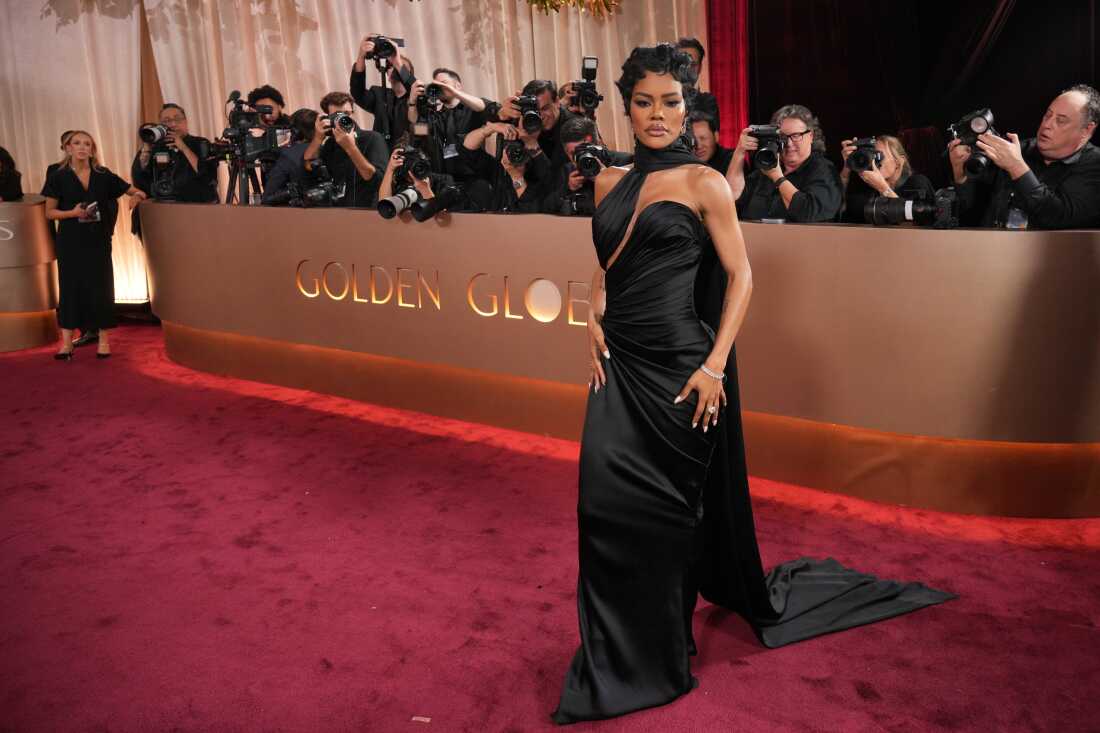
Teyana Taylor
Jordan Strauss/Invision/Invision
hide caption
toggle caption
Jordan Strauss/Invision/Invision
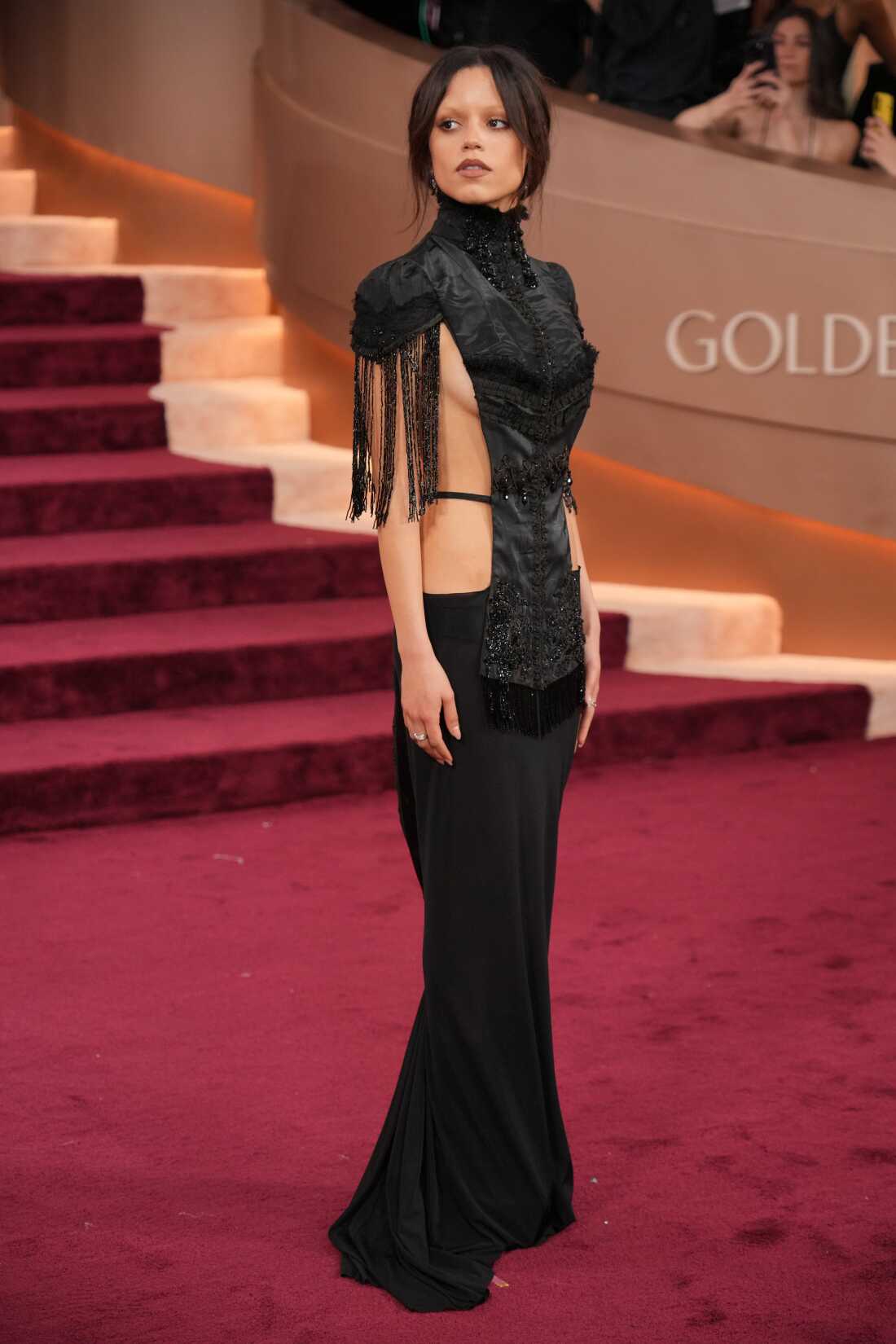
Jenna Ortega
Jordan Strauss/Invision/AP
hide caption
toggle caption
Jordan Strauss/Invision/AP

Owen Cooper
Jordan Strauss /Invision/Invision
hide caption
toggle caption
Jordan Strauss /Invision/Invision
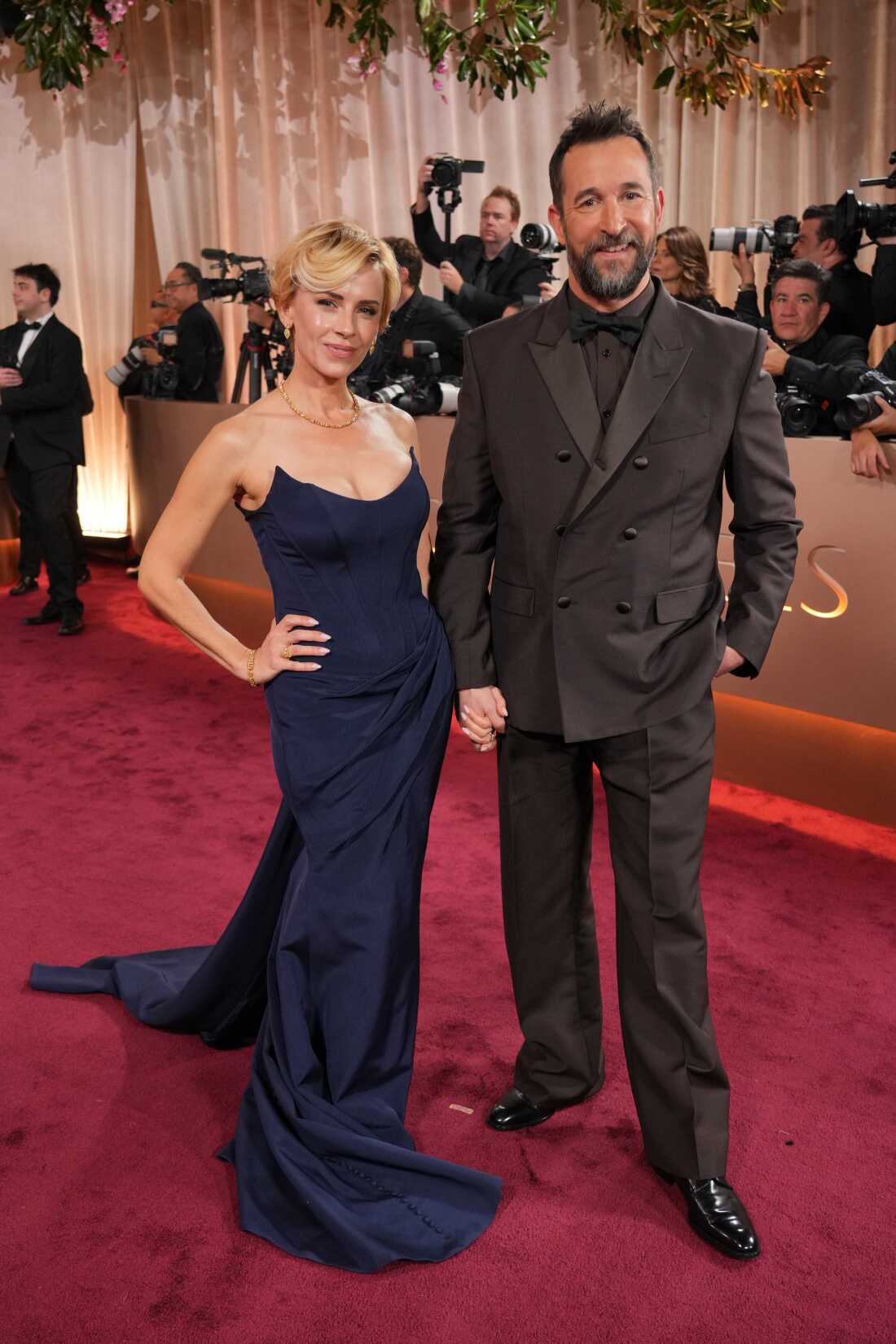
Sara Wells and Noah Wyle
Jordan Strauss/Invision/AP
hide caption
toggle caption
Jordan Strauss/Invision/AP

Claire Danes
Jordan Strauss/Invision/AP
hide caption
toggle caption
Jordan Strauss/Invision/AP

Stellan Skarsgård and Megan Everett-Skarsgard
Jordan Strauss/Invision/AP
hide caption
toggle caption
Jordan Strauss/Invision/AP

Amy Poehler
Jordan Strauss/ Invision/AP
hide caption
toggle caption
Jordan Strauss/ Invision/AP

EJAE
Jordan Strauss/Invision/AP
hide caption
toggle caption
Jordan Strauss/Invision/AP
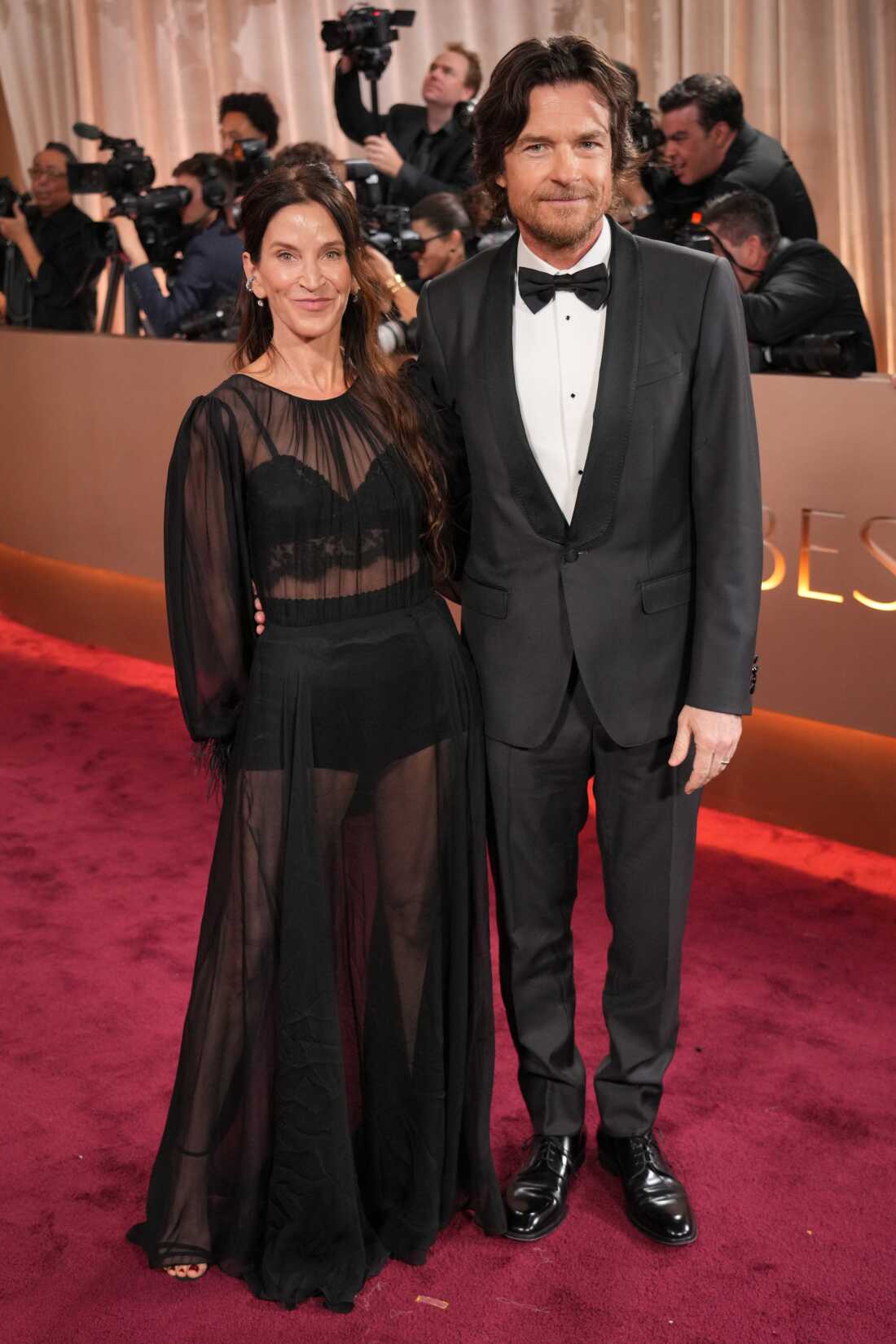
Amanda Anka and Jason Bateman
Jordan Strauss/Invision/AP
hide caption
toggle caption
Jordan Strauss/Invision/AP

Paul Mescal
Jordan Strauss/Invision/AP
hide caption
toggle caption
Jordan Strauss/Invision/AP

Adam Brody and Leighton Meester
Jjordan Strauss/Invision/AP
hide caption
toggle caption
Jjordan Strauss/Invision/AP

Laufey
Jordan Strauss/Invision/AP
hide caption
toggle caption
Jordan Strauss/Invision/AP

Kirsten Dunst and Jesse Plemons
Jordan Strauss/Invision/AP
hide caption
toggle caption
Jordan Strauss/Invision/AP
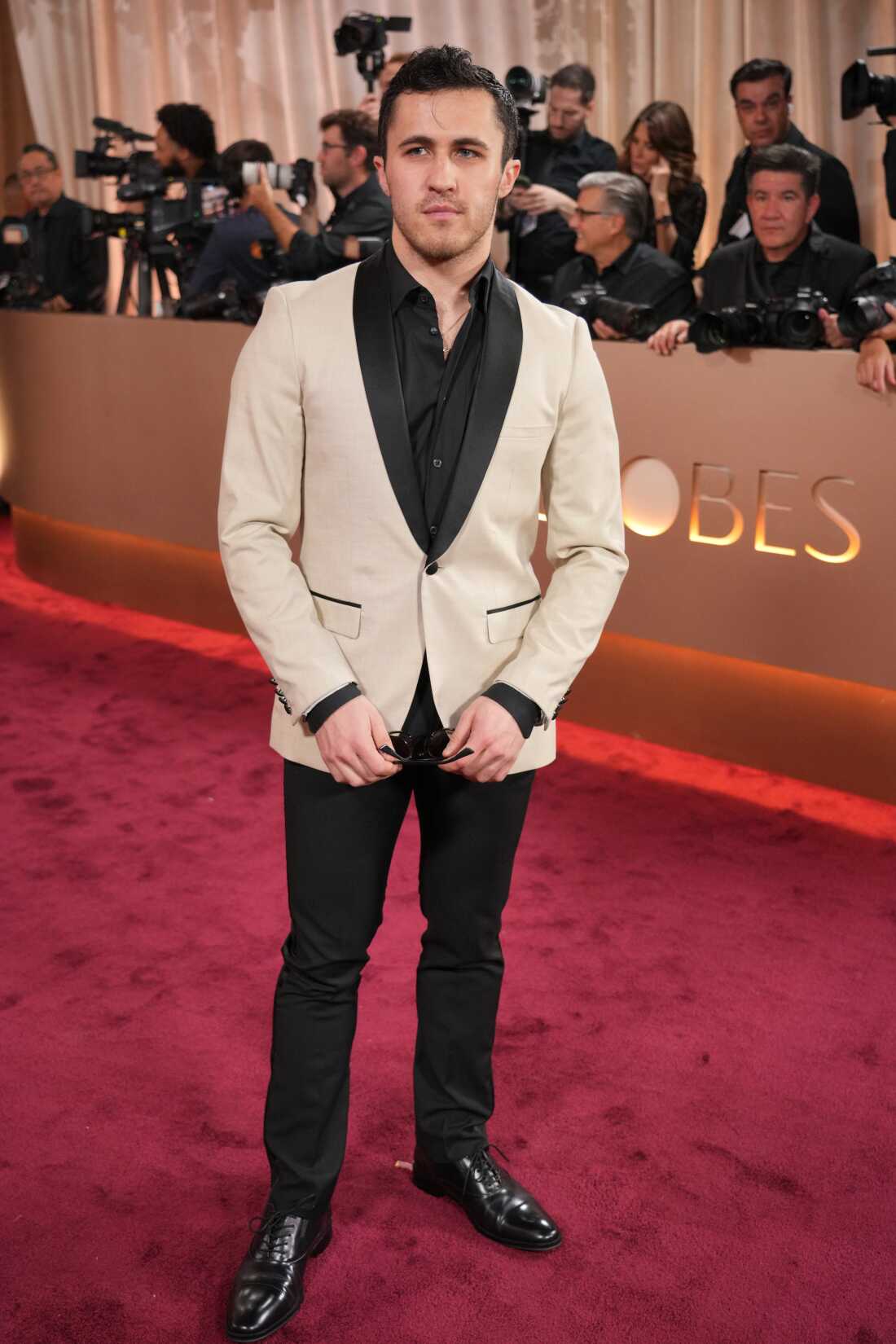
Chris Olsen
Jordan Strauss/Invision/AP
hide caption
toggle caption
Jordan Strauss/Invision/AP

Lisa Ann Walter
Jordan Strauss/Invision/AP
hide caption
toggle caption
Jordan Strauss/Invision/AP

Macaulay Culkin and Brenda Song
Jordan Strauss/Invision/AP
hide caption
toggle caption
Jordan Strauss/Invision/AP
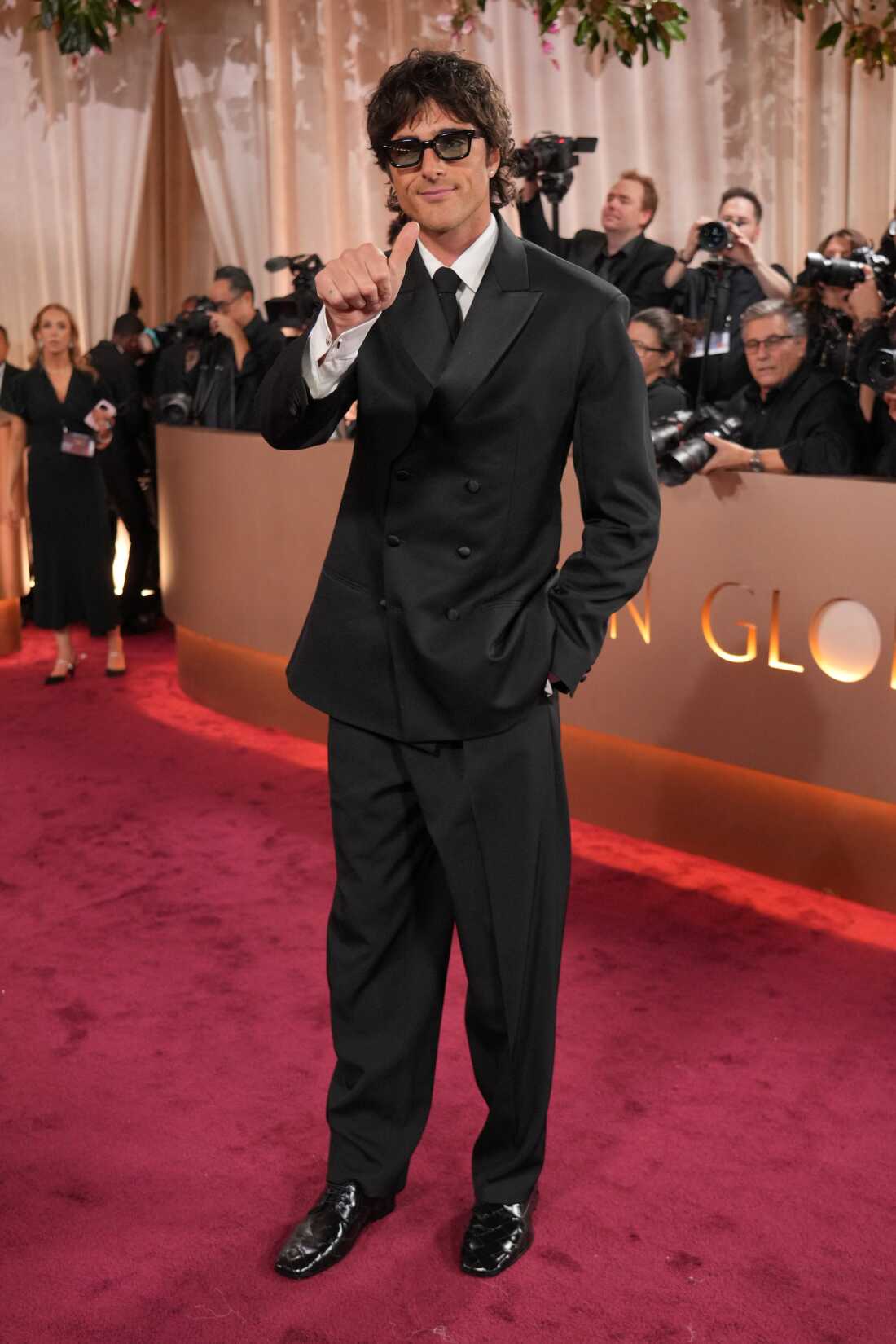
Jacob Elordi
Jordan Strauss/Invision/AP
hide caption
toggle caption
Jordan Strauss/Invision/AP

Selena Gomez and Benny Blanco
Jordan Strauss/Invision/AP
hide caption
toggle caption
Jordan Strauss/Invision/AP

Ryan Destiny
Jordan Strauss/Invision/AP
hide caption
toggle caption
Jordan Strauss/Invision/AP

Jennifer Garner
Jordan Strauss/Invision/AP
hide caption
toggle caption
Jordan Strauss/Invision/AP

Rose Byrne
Jordan Strauss/Invision//AP
hide caption
toggle caption
Jordan Strauss/Invision//AP

Kate Hudson
Jordan Strauss/Invision/AP
hide caption
toggle caption
Jordan Strauss/Invision/AP

Snoop Dogg
Jordan Strauss/Invision/AP
hide caption
toggle caption
Jordan Strauss/Invision/AP
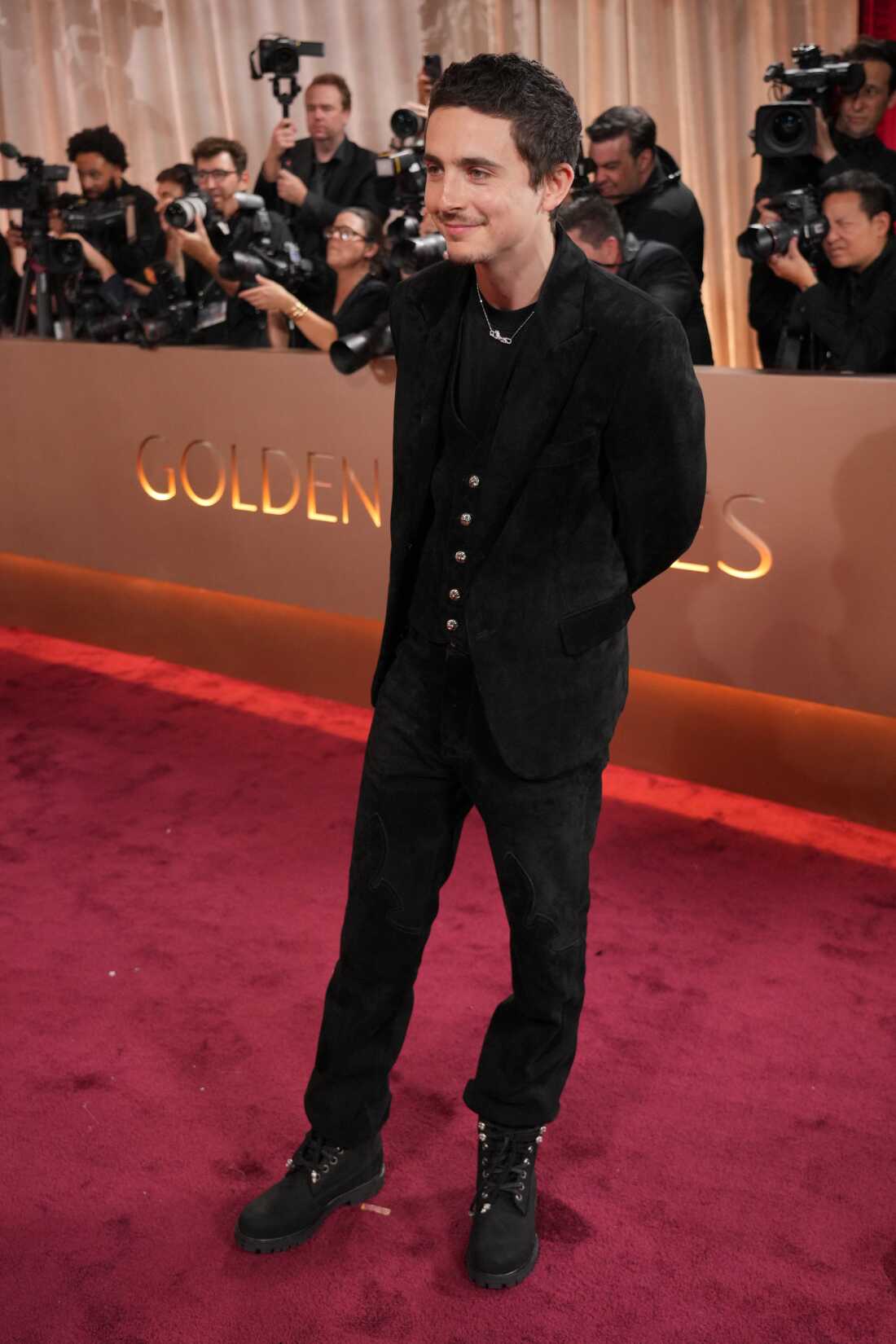
Timothée Chalamet
Jordan Strauss/Invision/AP
hide caption
toggle caption
Jordan Strauss/Invision/AP

Miley Cyrus
Jordan Strauss/Invision/AP
hide caption
toggle caption
Jordan Strauss/Invision/AP
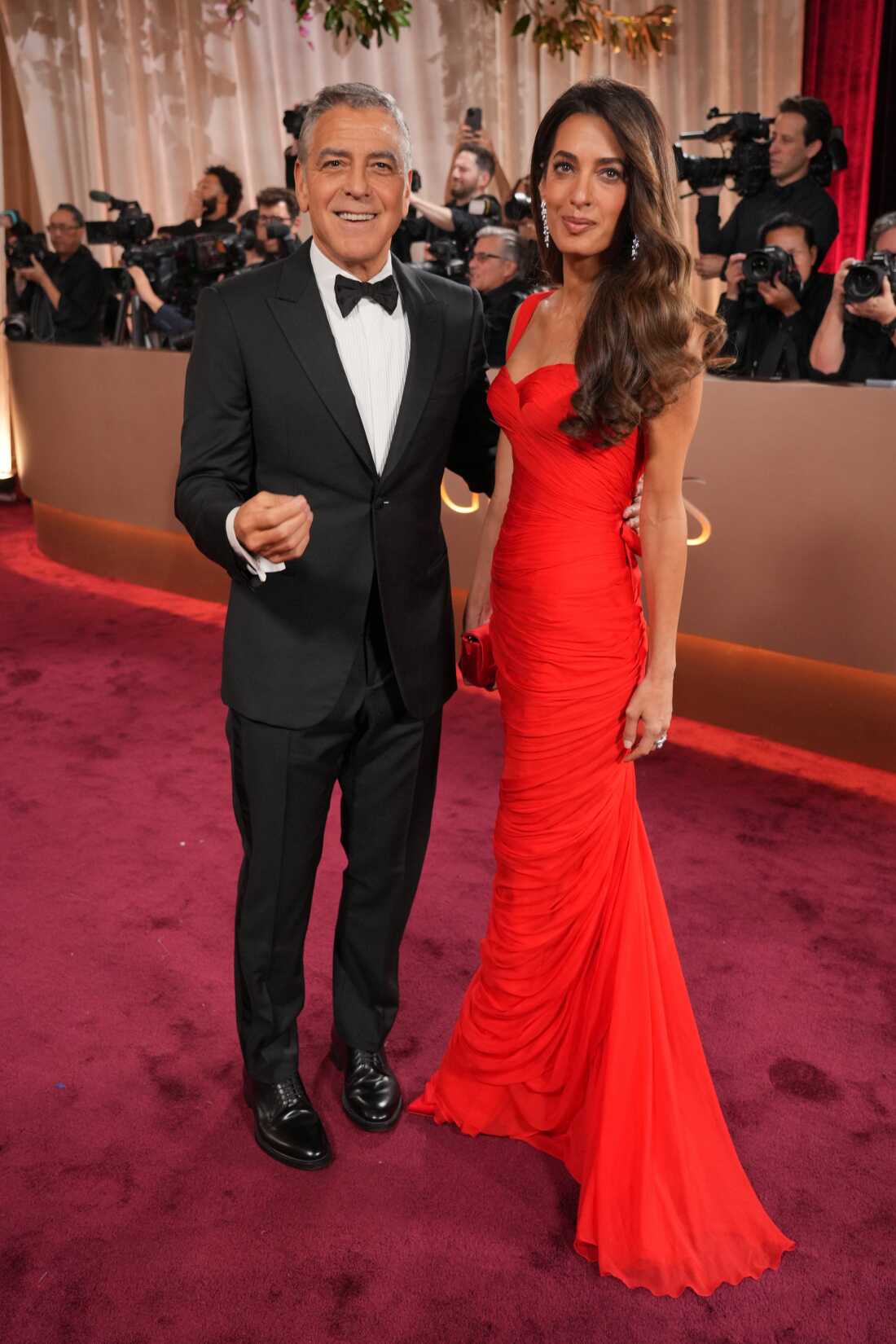
George Clooney and Amal Clooney
Jordan Strauss/Invision/AP
hide caption
toggle caption
Jordan Strauss/Invision/AP
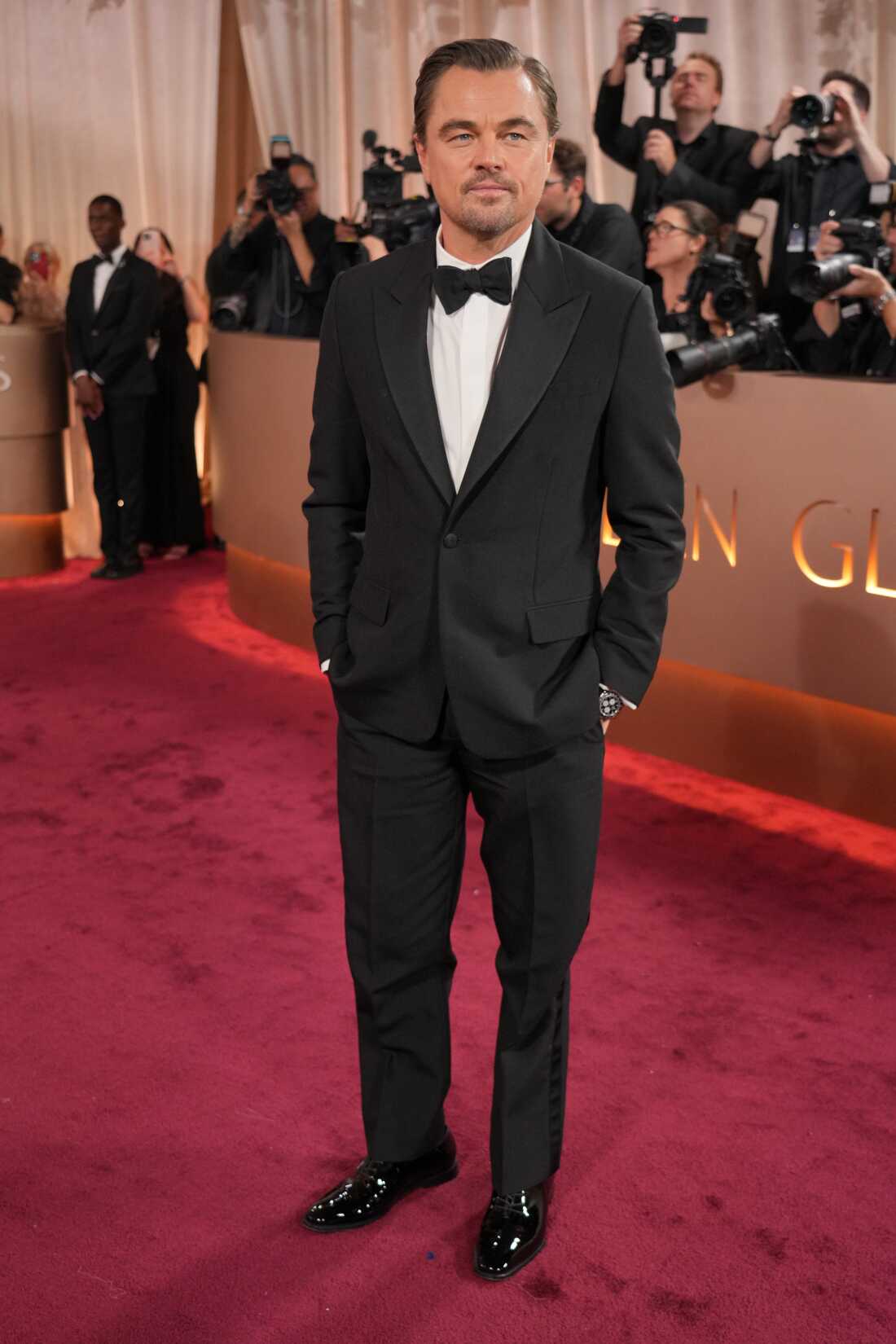
Leonardo DiCaprio
Jordan Strauss/Invision/AP
hide caption
toggle caption
Jordan Strauss/Invision/AP
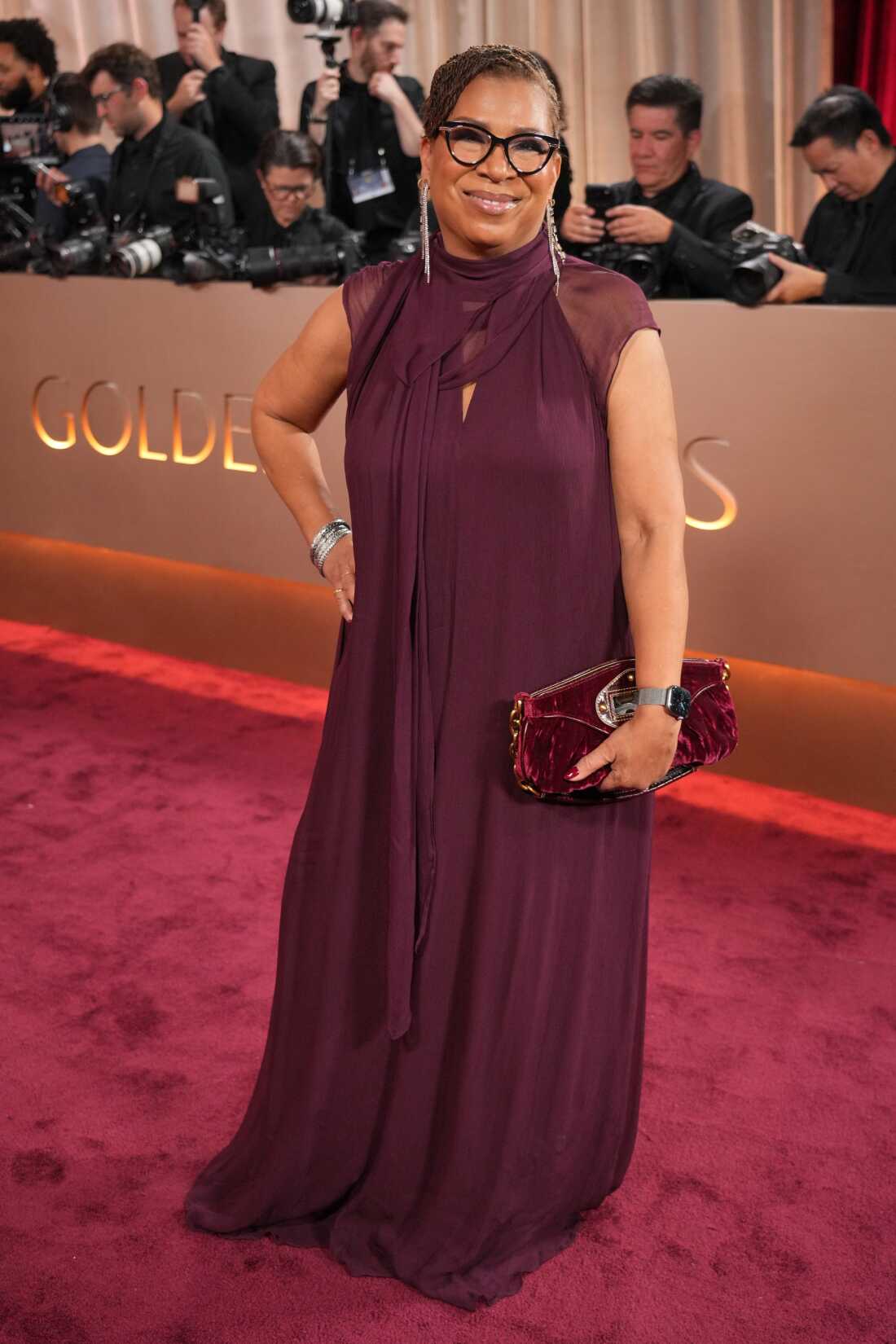
Michel Martin
Jordan Strauss/Invision/AP
hide caption
toggle caption
Jordan Strauss/Invision/AP

Steve Inskeep
Richard Shotwell/Invision/AP/AP
hide caption
toggle caption
Richard Shotwell/Invision/AP/AP

Leila Fadel
Jordan Strauss/Invision/AP
hide caption
toggle caption
Jordan Strauss/Invision/AP
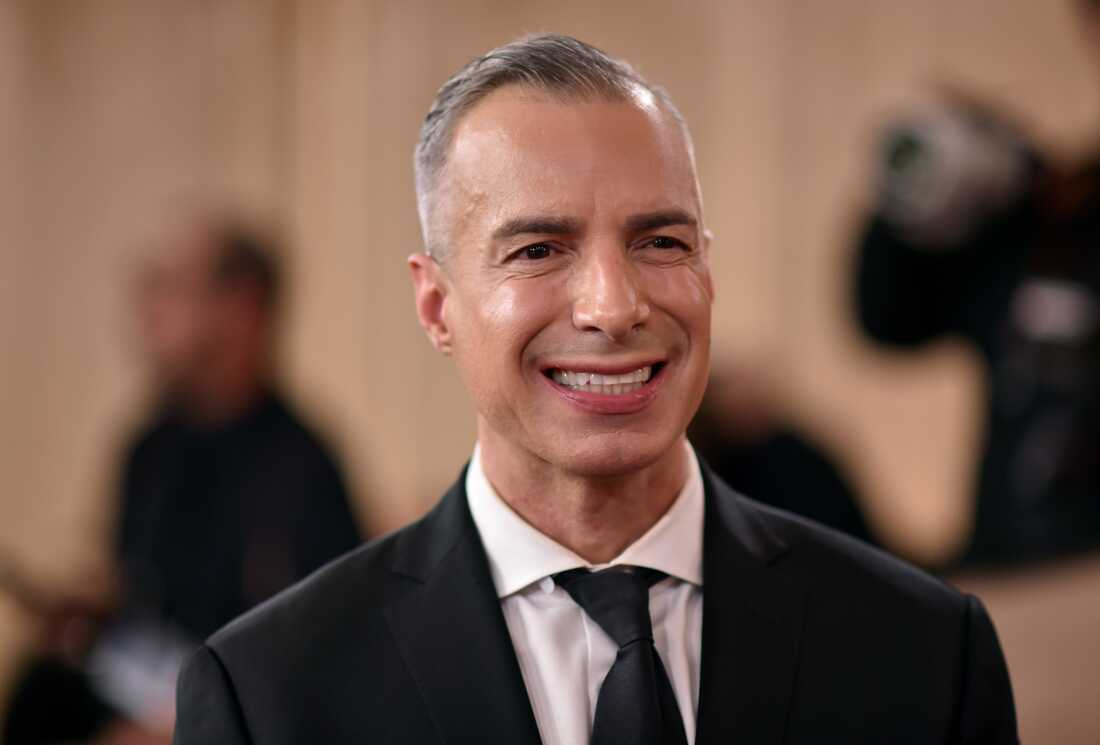
A Martinez
Richard Shotwell/Invision/AP
hide caption
toggle caption
Richard Shotwell/Invision/AP

Ben Falcone and Melissa McCarthy
Jordan Strauss/Invision/AP
hide caption
toggle caption
Jordan Strauss/Invision/AP

Amanda Seyfried
Jordan Strauss/Invision/InvisionAP
hide caption
toggle caption
Jordan Strauss/Invision/InvisionAP

William Stanford Davis
Jorden Strauss/Invision/AP
hide caption
toggle caption
Jorden Strauss/Invision/AP

Tessa Thompson
Jordan Strauss/Invision/AP
hide caption
toggle caption
Jordan Strauss/Invision/AP

Kathy Bates
Jordan Strauss/Invision/AP
hide caption
toggle caption
Jordan Strauss/Invision/AP

Dax Shepard and Kristen Bell
Jorden Strauss/Invision/AP
hide caption
toggle caption
Jorden Strauss/Invision/AP

Skylar Diggins
Jordan Strauss/Invision/AP
hide caption
toggle caption
Jordan Strauss/Invision/AP

Monica Padman
Jordan Strauss/Invision/AP
hide caption
toggle caption
Jordan Strauss/Invision/AP

Adam Scott and Naomi Scott
Jordan Strauss/Invision/AP
hide caption
toggle caption
Jordan Strauss/Invision/AP
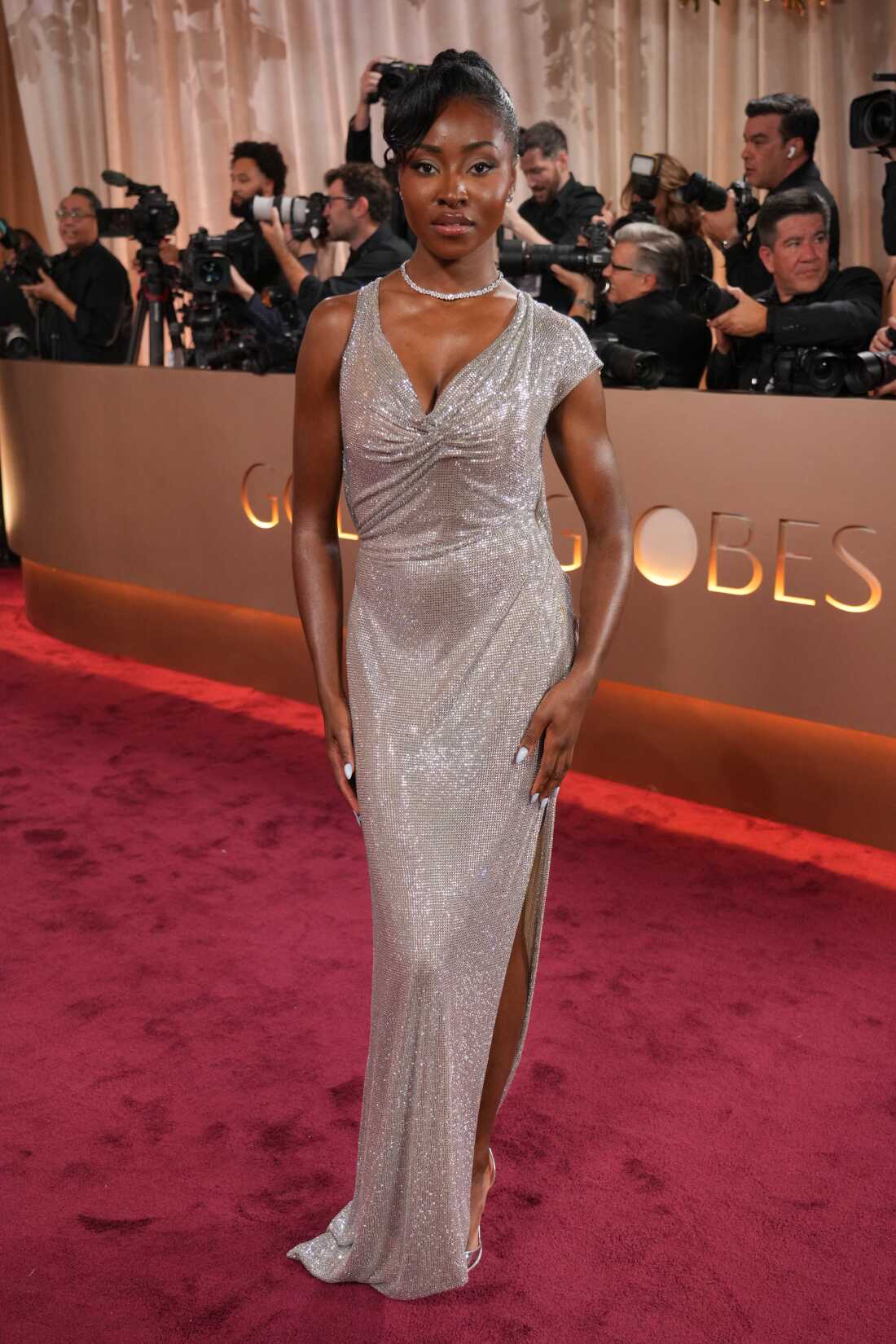
Jayme Lawson
Jordan Strauss/Invision/AP
hide caption
toggle caption
Jordan Strauss/Invision/AP

Maya Rudolph and Paul Thomas Anderson
Gilbert Flores/Penske Media/Getty Images
hide caption
toggle caption
Gilbert Flores/Penske Media/Getty Images

Emma Stone
Jordan Strauss/Invision/AP
hide caption
toggle caption
Jordan Strauss/Invision/AP

Natasha Lyonne and Clea DuVall
Jordan Strauss/Invision/AP/AP
hide caption
toggle caption
Jordan Strauss/Invision/AP/AP

Nischelle Turner
Jordan Strauss/Invision/AP/AP
hide caption
toggle caption
Jordan Strauss/Invision/AP/AP

Brett Goldstein
Jordan Strauss/Invision/AP
hide caption
toggle caption
Jordan Strauss/Invision/AP
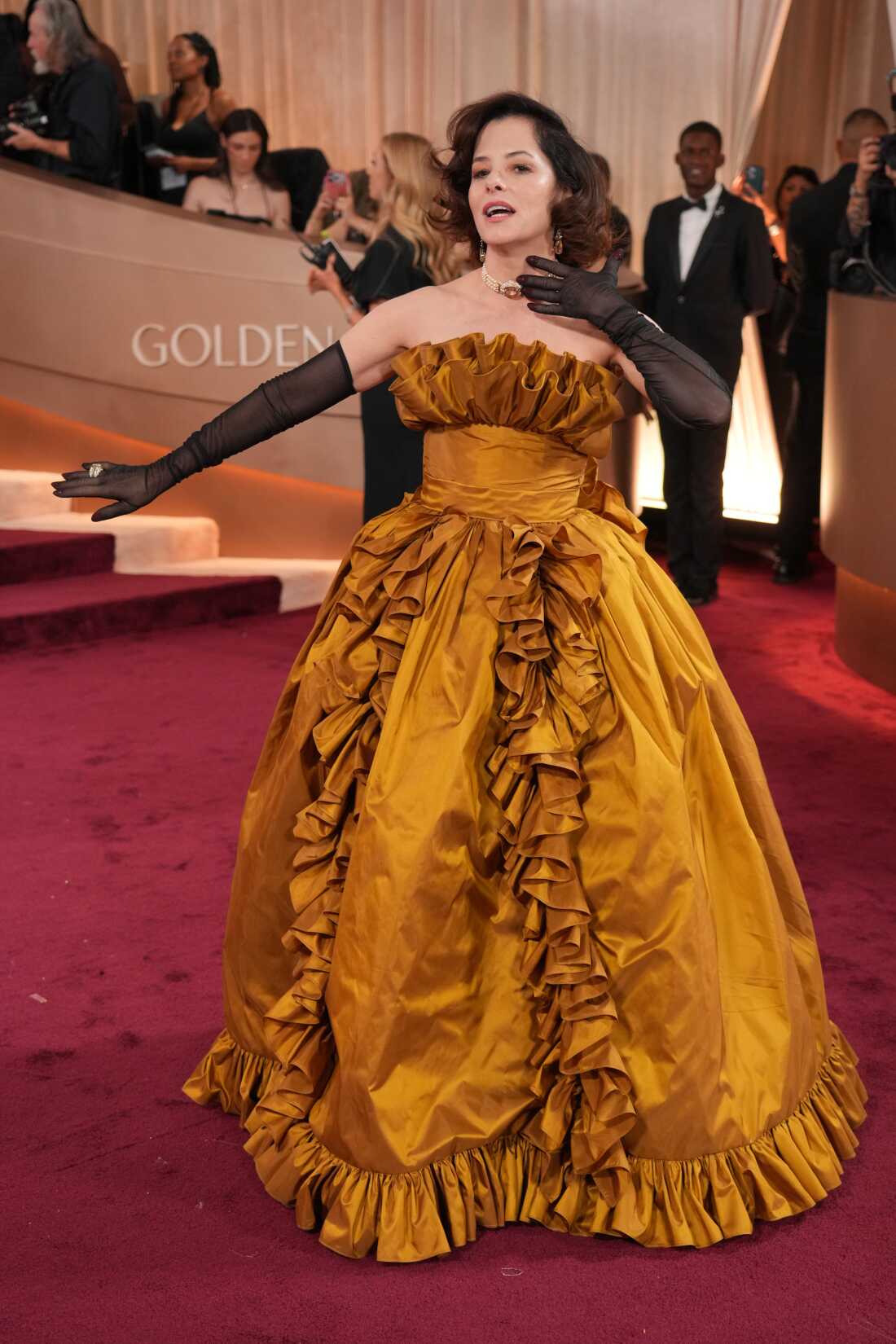
Parker Posey
Jordan Strauss/Invision/AP
hide caption
toggle caption
Jordan Strauss/Invision/AP

Vince Gilligan
Jordan Strauss/Invision/AP
hide caption
toggle caption
Jordan Strauss/Invision/AP

Chloé Zhao
Jordan Strauss/Invision/AP
hide caption
toggle caption
Jordan Strauss/Invision/AP

Mark Ruffalo and Sunrise Coigney
Jordan Strauss/Invision/AP
hide caption
toggle caption
Jordan Strauss/Invision/AP

Hannah Einbinder
Jordan Strauss/ Invision/AP
hide caption
toggle caption
Jordan Strauss/ Invision/AP
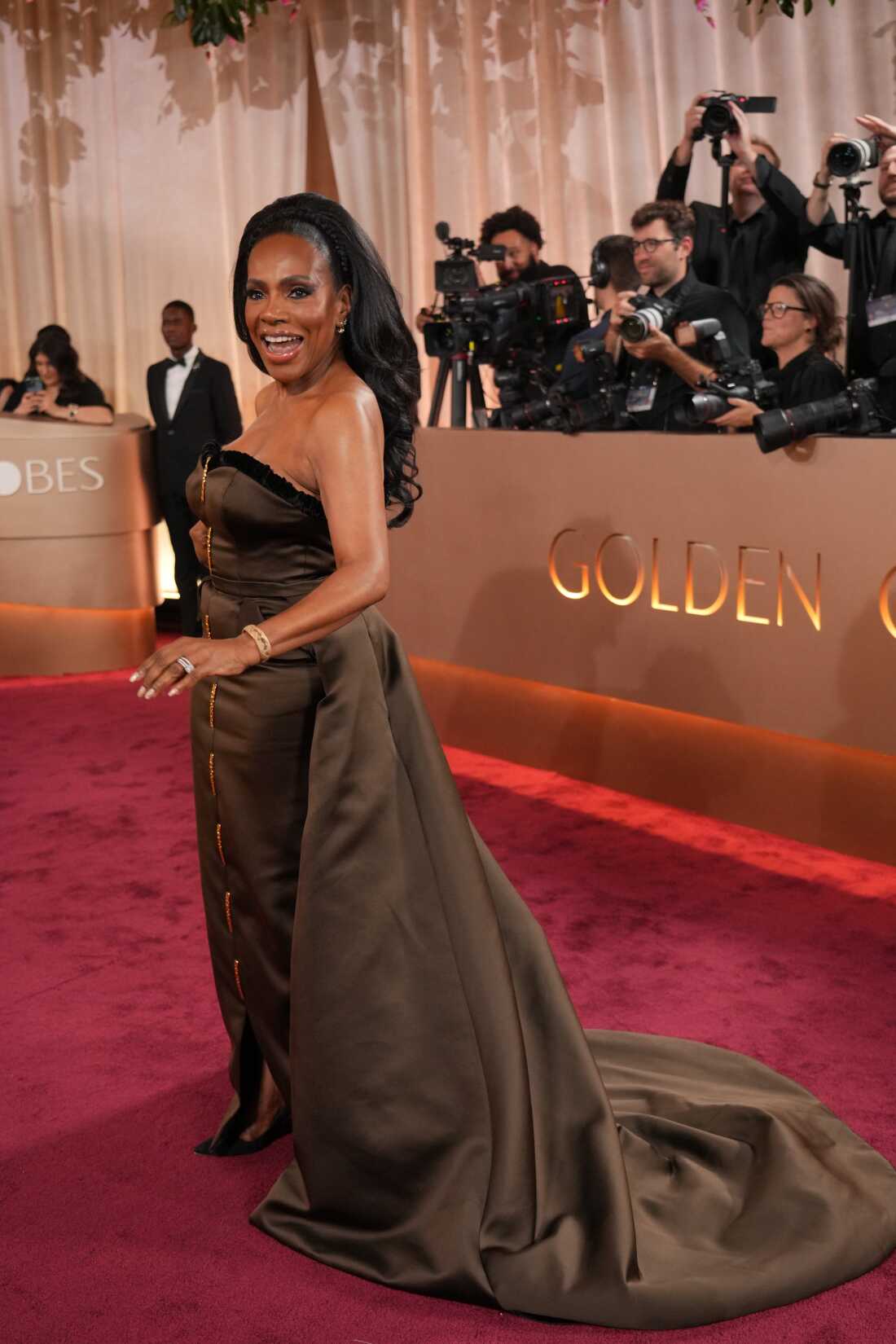
Sheryl Lee Ralph
Jordan Strauss/Invision/AP
hide caption
toggle caption
Jordan Strauss/Invision/AP

Keegan-Michael Key and Elle Key
Jordan Strauss/Invision/AP/AP
hide caption
toggle caption
Jordan Strauss/Invision/AP/AP

Justin Sylvester
Richard Shotwell/Invision/AP
hide caption
toggle caption
Richard Shotwell/Invision/AP
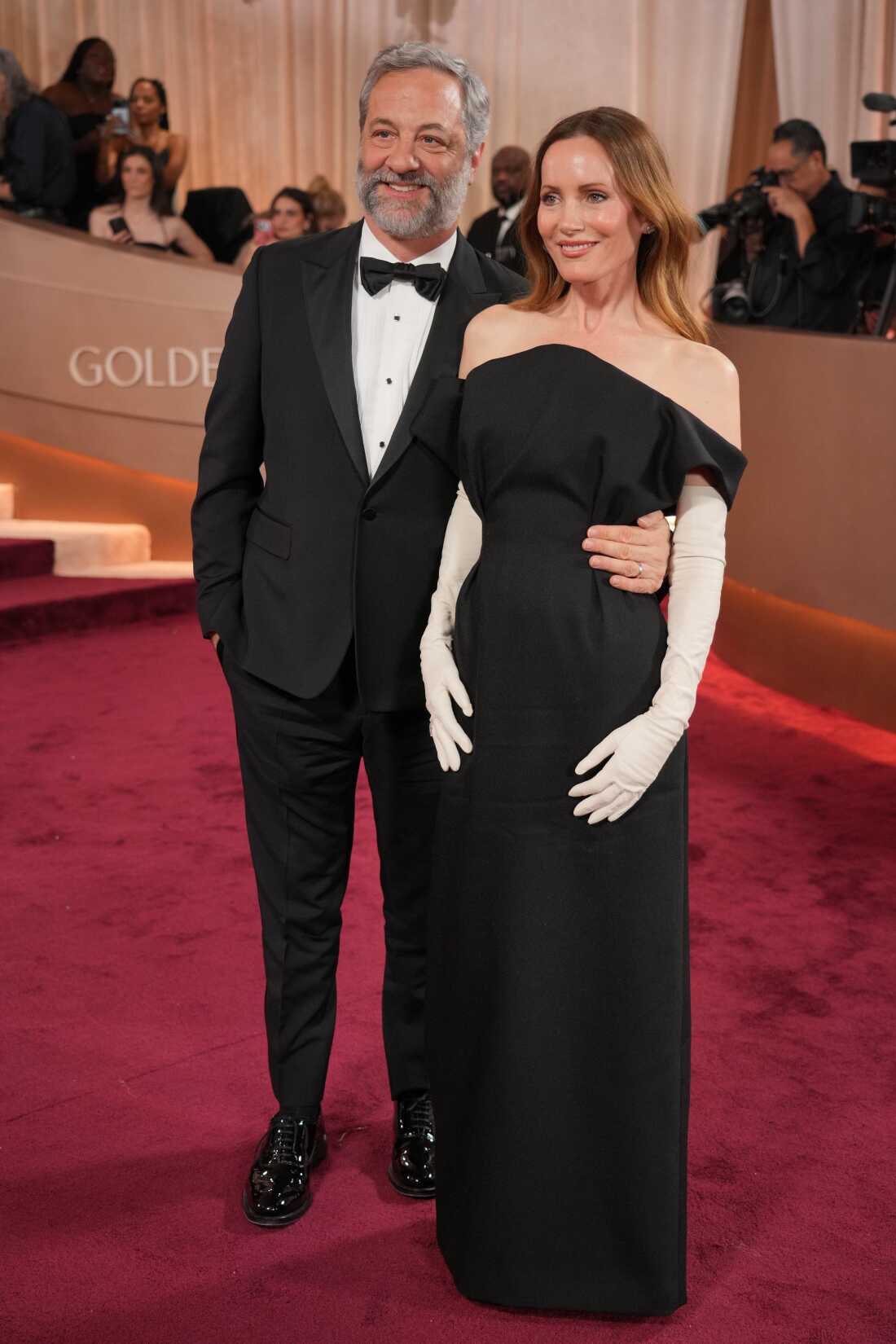
Judd Apatow and Lesley Mann
Jordan Strauss/Invision/AP
hide caption
toggle caption
Jordan Strauss/Invision/AP
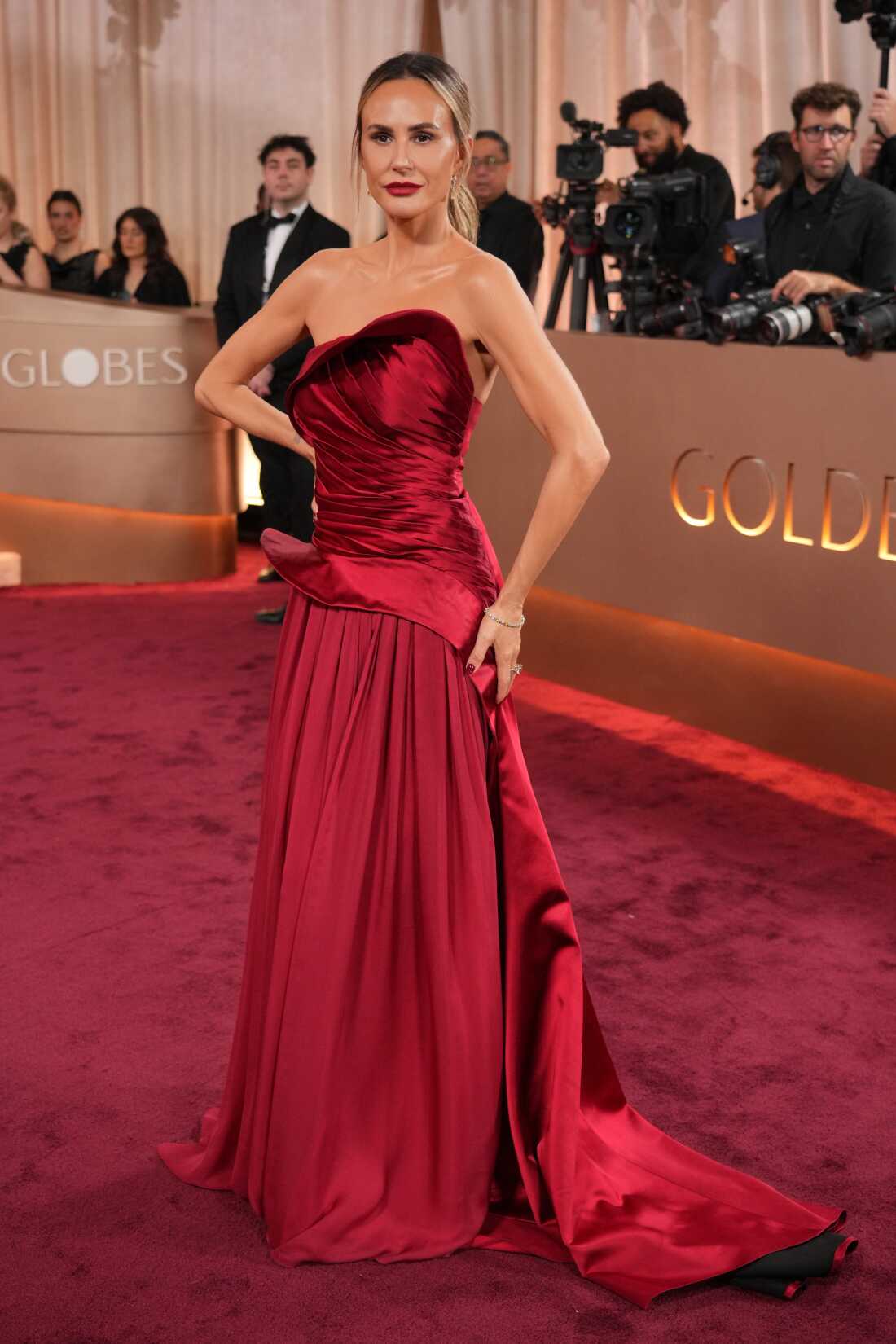
Keltie Knight
Jordan Strauss/Invision/AP
hide caption
toggle caption
Jordan Strauss/Invision/AP

Sarah Snook
Jordan Strauss/Invision/AP
hide caption
toggle caption
Jordan Strauss/Invision/AP

Glen Powell
Jordan Strauss/Invision/AP
hide caption
toggle caption
Jordan Strauss/Invision/AP

Piper Curda
Jordan Strauss/Invision/AP
hide caption
toggle caption
Jordan Strauss/Invision/AP

Justine Lupe
Jordan Strauss/Invision/AP
hide caption
toggle caption
Jordan Strauss/Invision/AP

Helen Hoehne
Jordan Strauss/Invision/AP
hide caption
toggle caption
Jordan Strauss/Invision/AP

Natasha Rothwell
Jordan Strauss/Invision/AP
hide caption
toggle caption
Jordan Strauss/Invision/AP

Ashton Kutcher and Mila Kunis
Jordan Strauss/Invision/AP
hide caption
toggle caption
Jordan Strauss/Invision/AP

Minnie Driver
Jordan Strauss/Invision/AP
hide caption
toggle caption
Jordan Strauss/Invision/AP
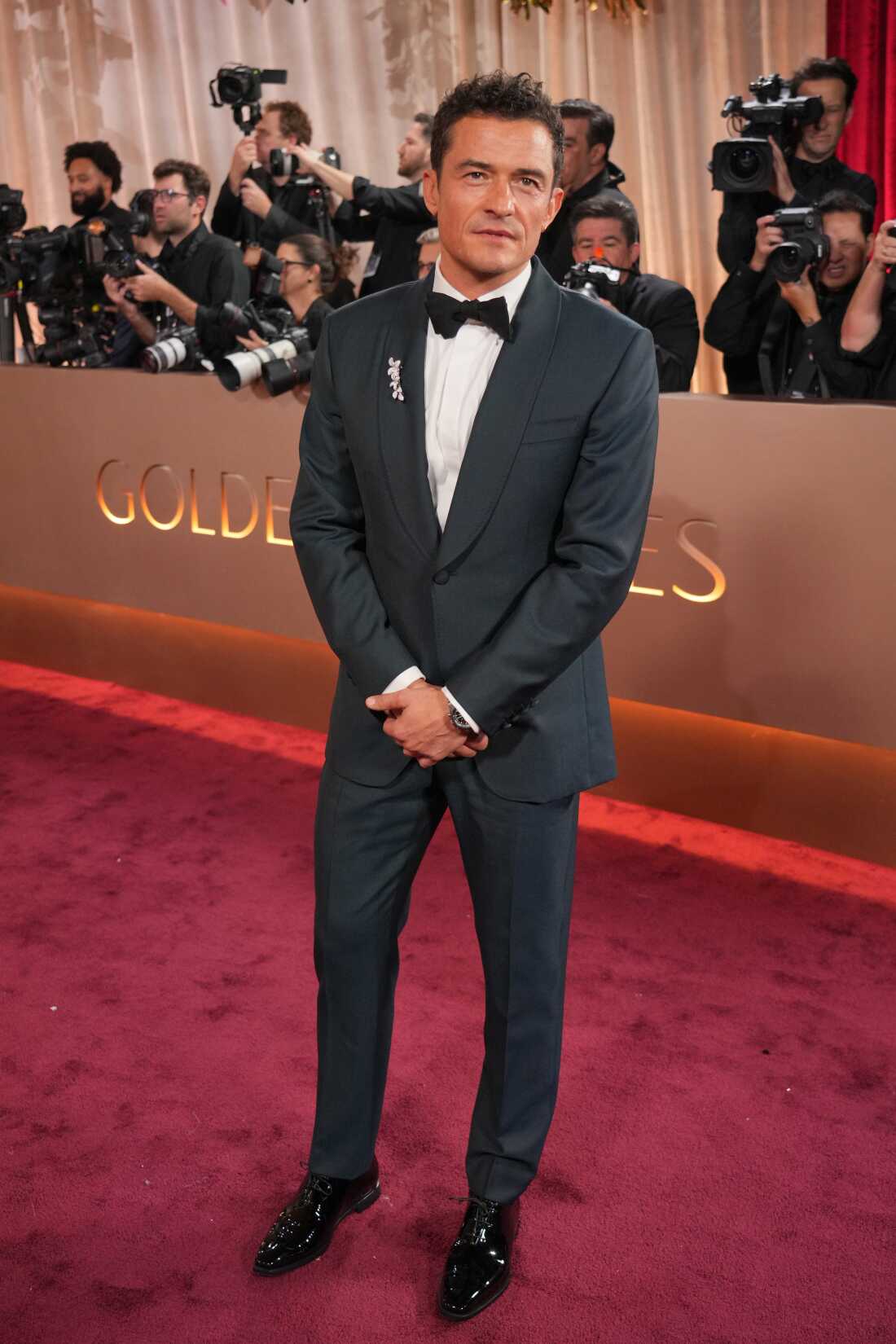
Orlando Bloom
Jordan Strauss/Invision/AP
hide caption
toggle caption
Jordan Strauss/Invision/AP

Hudson Williams
Richard Shotwell/Invision/AP
hide caption
toggle caption
Richard Shotwell/Invision/AP

Connor Storrie
Jordan Strauss/Invision/AP
hide caption
toggle caption
Jordan Strauss/Invision/AP

Erin Doherty
Jordan Strauss/Invision/AP
hide caption
toggle caption
Jordan Strauss/Invision/AP
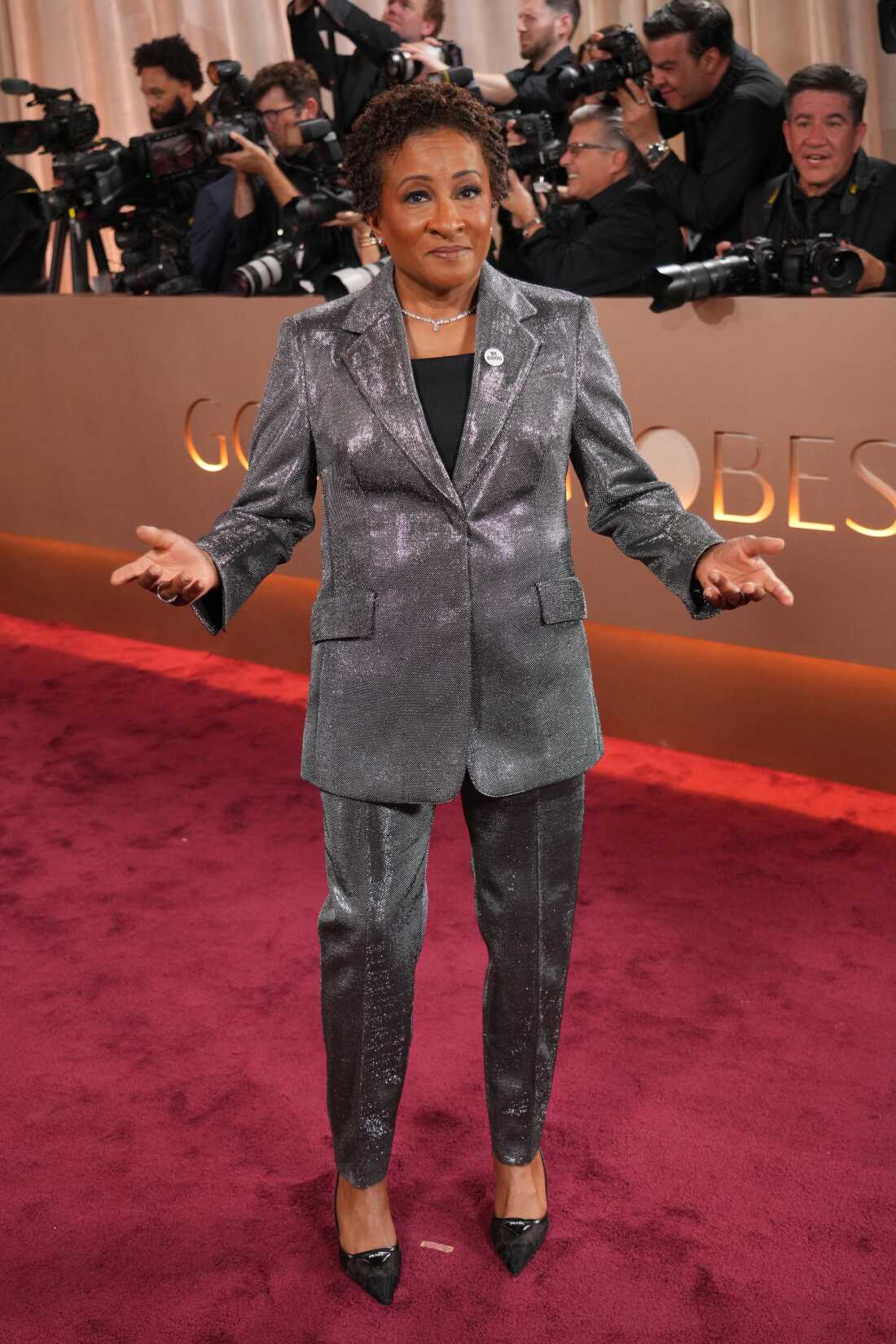
Wanda Sykes
Jordan Strauss/Invision/AP
hide caption
toggle caption
Jordan Strauss/Invision/AP

Nikki Glaser
Richard Shotwell/Invision/AP
hide caption
toggle caption
Richard Shotwell/Invision/AP

Julia Roberts
Jordan Strauss/Invision/AP
hide caption
toggle caption
Jordan Strauss/Invision/AP

Emily Blunt
Jordan Strauss/Invision/AP
hide caption
toggle caption
Jordan Strauss/Invision/AP

Chris Perfetti
Jordan Strauss/Invision/AP
hide caption
toggle caption
Jordan Strauss/Invision/AP

Rhea Seehorn
Jordan Strauss/Invision/AP
hide caption
toggle caption
Jordan Strauss/Invision/AP

Dakota Fanning
Jordan Strauss/Invision/Invision
hide caption
toggle caption
Jordan Strauss/Invision/Invision

Queen Latifah
Richard Shotwell/Invision/AP
hide caption
toggle caption
Richard Shotwell/Invision/AP
Lifestyle
Nikki Glaser Wears ‘Spinal Tap’ Hat to Tribute Rob Reiner at Golden Globes

2026 Golden Globes
Nikki Glaser Shouts Out Rob Reiner …
Dons ‘Spinal Tap’ Hat at Close of Show
Published
Rob Reiner wasn’t forgotten at this year’s Golden Globe awards … because host Nikki Glaser paid tribute to him just weeks after his murder.
Here’s the deal … during the sign-off for the awards show, Nikki came onstage wearing a black and white “Spinal Tap” hat — the band which serves as the subject of Reiner’s iconic 1984 mockumentary of the same name.
Worth noting … the Golden Globes do not typically air an in memoriam — so this was the only time Reiner was mentioned at the show.
As you know … Rob and his wife Michele Singer Reiner were found dead in their Los Angeles home last month. Their son Nick Reiner has been arrested for murder in connection to the case.
TMZ.com
Nick’s arraignment was scheduled for last week … but, his lawyer Alan Jackson dropped out of the case — leaving Nick with a public defender and new arraignment date set for late February.
Jackson told a gaggle of reporters outside the courthouse that Nick’s not guilty … but, he simply can’t defend him. He did not provide a reason for his withdrawal.
Our new documentary “TMZ Investigates The Reiner Murders: What Really Happened” dives into Rob and Michele’s grisly deaths … as well as Nick’s history of mental health issues and even how his weight gain set him on a dangerous path.
“TMZ Investigates The Reiner Murders: What Really Happened” is now streaming on Hulu.
Lifestyle
Sunday Puzzle: Pet theory

On-air challenge
Today’s puzzle is called “Pet Theory.” Every answer is a familiar two-word phrase or name in which the first word start starts PE- and the second word starts T-. (Ex. What walkways at intersections carry –> PEDESTRIAN TRAFFIC)
1. Chart that lists all the chemical elements
2. Place for a partridge in “The 12 Days of Christmas”
3. Male voyeur
4. What a coach gives a team during halftime in the locker room
5. Set of questions designed to reveal your traits
6. Something combatants sign to end a war
7. Someone who works with you one-on-one with physical exercises
8. Member of the Who
9. Incisors, canines, and premolars that grow in after you’re a baby
10. Nadia Comaneci was the first gymnast to score this at the Olympics
11. What holds the fuel in a British car
Last week’s challenge
Last week’s challenge was a numerical one from Ed Pegg Jr., who runs the website mathpuzzle.com. Take the nine digits — 1, 2, 3, 4, 5, 6, 7, 8, 9. You can group some of them and add arithmetic operations to get 2011 like this: 1 + 23 ÷ 4 x 5 x 67 – 8 + 9. If you do these operations in order from left to right, you get 2011. Well, 2011 was 15 years ago. Can you group some of the digits and add arithmetic symbols in a different way to make 2026? The digits from 1 to 9 need to stay in that order. I know of two different solutions, but you need to find only one of them.
Challenge answer
12 × 34 × 5 – 6 – 7 + 8 – 9 [or] 1 + 2 + 345 × 6 – 7 × 8 + 9
Winner
Daniel Abramson of Albuquerque, N.M.
This week’s challenge
This week’s challenge comes from listener Ward Hartenstein. Think of a well-known couple whose names are often said in the order of _____ & _____. Seven letters in the names in total. Combine those two names, change an E to an S, and rearrange the result to name another famous duo who are widely known as _____ & _____.
If you know the answer to the challenge, submit it below by Thursday, January 15 at 3 p.m. ET. Listeners whose answers are selected win a chance to play the on-air puzzle.
-

 Detroit, MI1 week ago
Detroit, MI1 week ago2 hospitalized after shooting on Lodge Freeway in Detroit
-

 Technology6 days ago
Technology6 days agoPower bank feature creep is out of control
-

 Dallas, TX4 days ago
Dallas, TX4 days agoAnti-ICE protest outside Dallas City Hall follows deadly shooting in Minneapolis
-

 Delaware3 days ago
Delaware3 days agoMERR responds to dead humpback whale washed up near Bethany Beach
-

 Dallas, TX1 week ago
Dallas, TX1 week agoDefensive coordinator candidates who could improve Cowboys’ brutal secondary in 2026
-

 Iowa6 days ago
Iowa6 days agoPat McAfee praises Audi Crooks, plays hype song for Iowa State star
-

 Montana2 days ago
Montana2 days agoService door of Crans-Montana bar where 40 died in fire was locked from inside, owner says
-

 Health1 week ago
Health1 week agoViral New Year reset routine is helping people adopt healthier habits




















